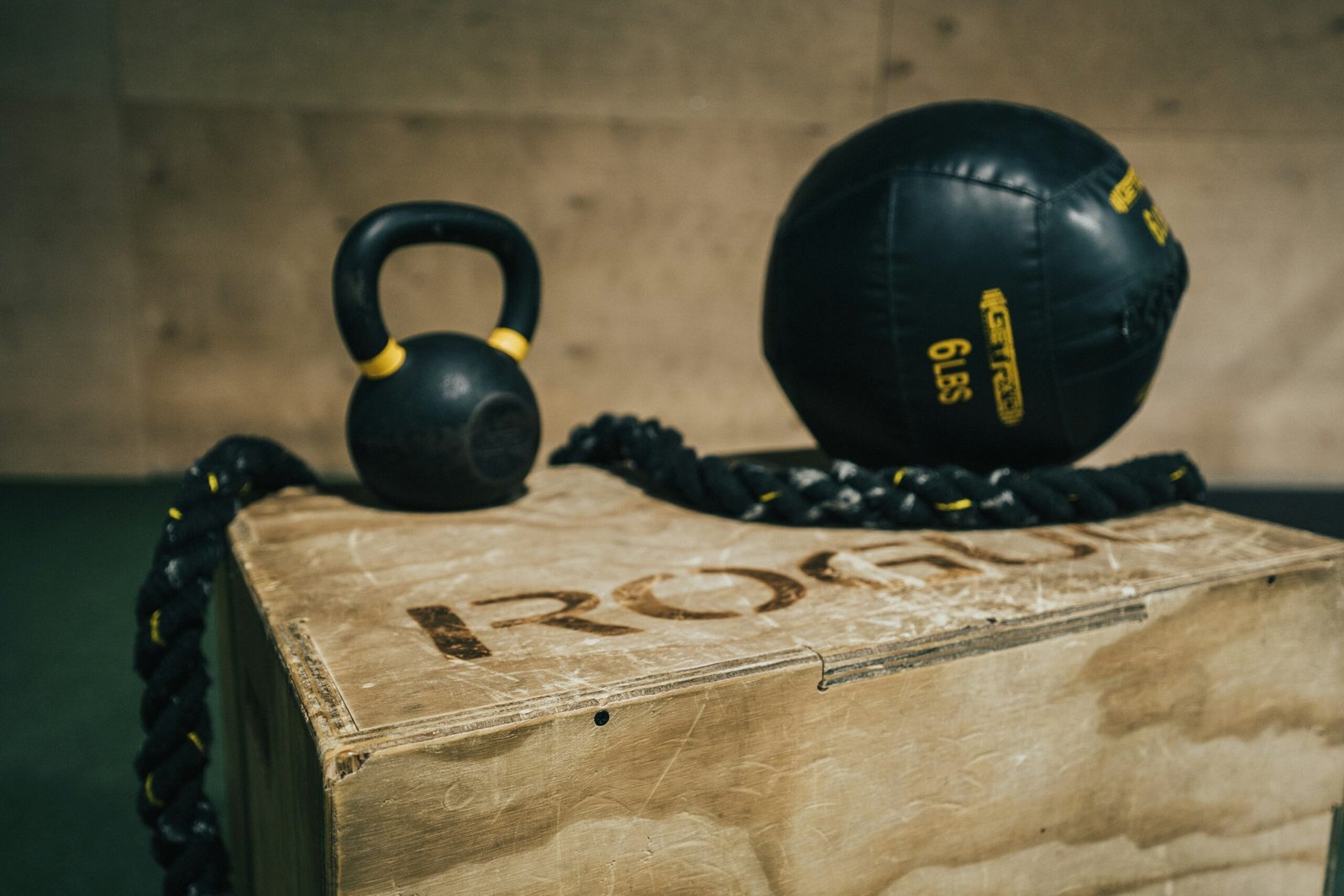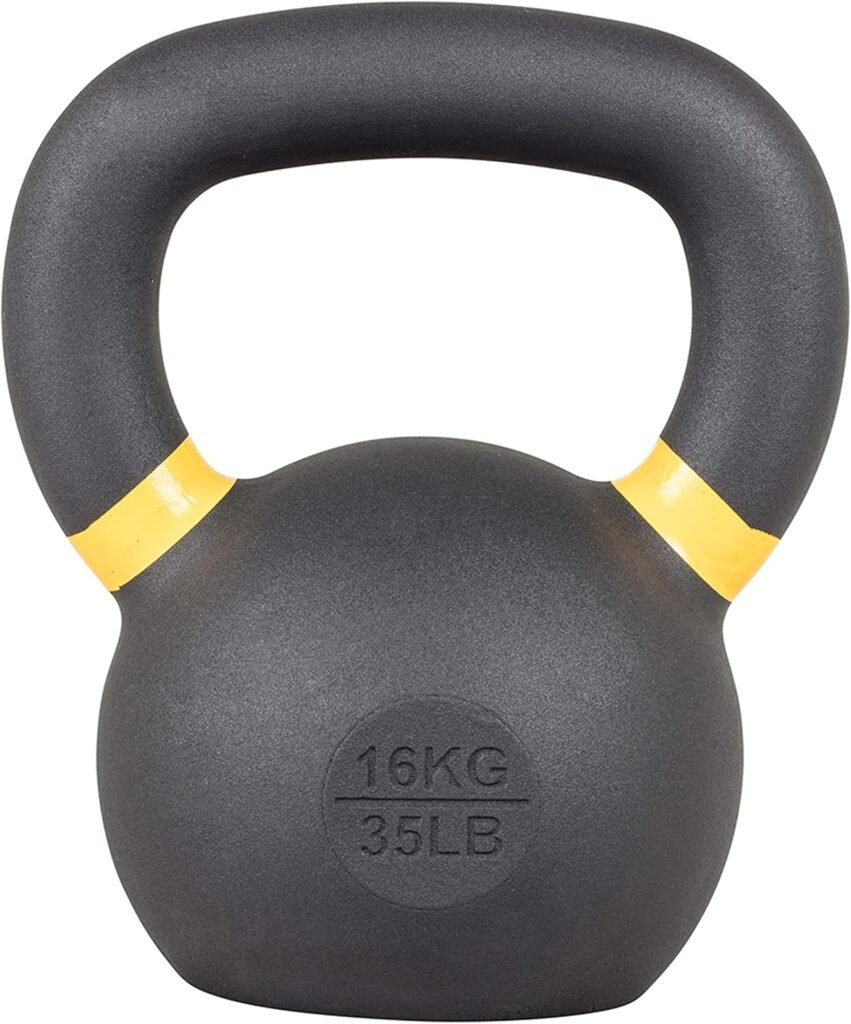What is the most effective way to strengthen your shoulders?
Harnessing the power of kettlebells is a highly effective method to achieve this goal. Kettlebells not only help to improve strength but also enhance your overall athletic performance. This article will provide you with an in-depth understanding of kettlebell shoulder workouts, including benefits, techniques, and recommended routines designed for your optimal shoulder development.

Benefits of Kettlebell Shoulder Workouts
Understanding the advantages of kettlebell shoulder workouts can significantly enhance your motivation and commitment to the routine.
Comprehensive Shoulder Development
Kettlebell workouts involve dynamic movements that engage multiple muscle groups. By incorporating various angles and grips, you can develop a well-rounded shoulder.
Increased Stability and Strength
Kettlebells require a strong stabilizing shoulder joint throughout movements. This leads to enhanced joint integrity and strength not just for the deltoids, but also for ancillary muscles involved in shoulder stability.
Functional Mobility
Kettlebell exercises often mimic everyday movement patterns, translating to better functionality in daily tasks. Improved mobility in your shoulders can help in various physical activities, whether they are sports-related or simply everyday movements.
Improved Posture
A strong shoulder girdle contributes to better posture. Kettlebell shoulder workouts can help align your shoulders and upper body, mitigating the effects of poor posture.
Key Kettlebell Shoulder Muscles to Target
When performing kettlebell shoulder workouts, it’s essential to know which muscles you are targeting.
Deltoids
The deltoid comprises three distinct heads: anterior (front), lateral (side), and posterior (rear). A well-balanced shoulder workout will engage all three heads to promote overall development.
Rotator Cuff
The rotator cuff is a group of muscles and tendons that stabilize the shoulder. Strengthening this area is crucial to maintaining shoulder health and preventing injuries.
Trapezius
The trapezius extends from the back of your head down to your mid-back. It plays a vital role in upper back posture and shoulder stabilization.
Serratus Anterior
This muscle is located on the side of your ribcage and helps in shoulder protraction and stabilization. Strengthening the serratus anterior can enhance overhead strength and shoulder mobility.
You are currently viewing a placeholder content from YouTube. To access the actual content, click the button below. Please note that doing so will share data with third-party providers.
Essential Techniques for Kettlebell Shoulder Workouts
Understanding the proper techniques for kettlebell shoulder exercises is crucial for maximizing effectiveness and minimizing injury risk.
Grip Strength
Using a strong grip is fundamental when performing kettlebell exercises. Your grip significantly influences the stability of the kettlebell, which in turn impacts your overall performance.
Body Positioning
Ensuring correct alignment during exercises is essential. Your ears, shoulders, hips, and ankles should be in a straight line to prevent undue strain and enhance effectiveness.
Breathing Technique
Inhaling and exhaling at the right times will offer energy and support throughout your movements. Typically, you should inhale during the lowering phase and exhale during the exertion phase.
Kettlebell Shoulder Workout Routine
Implementing a variety of kettlebell exercises into your routine will create balanced shoulder training. Below is a detailed workout plan that can be adjusted based on your fitness level.
Warm-Up (10 Minutes)
Starting with a warm-up will prepare your shoulders for the workout and reduce the risk of injury. Here are some recommended warm-up exercises:
| Exercise | Duration |
|---|---|
| Arm Circles | 2 minutes |
| Shoulder Stretch | 2 minutes |
| Torso Twists | 2 minutes |
| Overhead Reach | 2 minutes |
| Band Pull-Aparts | 2 minutes |
Kettlebell Shoulder Exercises
Kettlebell Overhead Press
Muscles Worked: Deltoids, Triceps, Upper Chest
- Stand with your feet shoulder-width apart and hold a kettlebell in one hand at shoulder height.
- Engage your core and press the kettlebell overhead until your arm is fully extended.
- Lower the kettlebell back down to the starting position.
- Perform 3 sets of 8-12 repetitions on each side.
Kettlebell Arm Bar
Muscles Worked: Shoulder Stabilizers, Core
- Lie on your side and hold a kettlebell with your top hand straight above you.
- Keeping your eyes on the kettlebell, push your body away from the ground using your bottom arm, rolling your body onto your back.
- Hold this position for 20-30 seconds, then return to the starting position.
- Perform 3 sets on each side.
Kettlebell Windmill
Muscles Worked: Deltoids, Obliques, Hamstrings
- Stand with your feet shoulder-width apart and hold a kettlebell overhead with one arm.
- Keeping your eyes on the kettlebell, hinge at the hips and lower your torso toward the floor while extending the opposite hand down.
- Return to the starting position.
- Perform 3 sets of 5-10 repetitions on each side.
Kettlebell Front Raise
Muscles Worked: Anterior Deltoids, Trapezius
- Stand straight and hold a kettlebell with both hands in front of your thighs.
- With a slight bend in your elbows, lift the kettlebell in front of you until it reaches shoulder height, keeping your arms parallel to the floor.
- Lower the kettlebell back to the starting position.
- Perform 3 sets of 10-15 repetitions.
Kettlebell Lateral Raise
Muscles Worked: Lateral Deltoids, Trapezius
- Stand with a kettlebell in one hand at your side.
- Lift it sideways until your arm is parallel to the ground while keeping your elbow slightly bent.
- Lower it back down to your side.
- Perform 3 sets of 10-15 repetitions on each side.
Cool Down (5-10 Minutes)
Cooling down post-workout is essential for recovery and flexibility. Consider these stretches:
| Stretch | Duration |
|---|---|
| Cross-Body Shoulder Stretch | 30 seconds each side |
| Triceps Stretch | 30 seconds each side |
| Chest Stretch | 30 seconds |
| Neck Stretch | 30 seconds each side |

Tips for Maximizing Your Kettlebell Shoulder Workout
Implementing specific strategies can help you get the most out of your shoulder workouts.
Focus on Form
Prioritize maintaining proper form over the amount of weight you’re lifting. Poor technique can lead to injuries and diminish the effectiveness of the workout.
Gradual Progression
Start with lighter weights to build a strong foundation. Gradually increase the weight as you become more comfortable with the exercises.
Incorporate Variety
Adding diversity to your routine can prevent plateaus and keep your workouts interesting. Consider changing the exercises or rep patterns every few weeks.
Track Your Progress
Keeping a record of your workouts allows you to monitor improvement and make necessary adjustments to your routine.
Cross-Train
Incorporating other forms of training such as resistance bands, bodyweight exercises, or traditional weights can enhance overall development and prevent imbalances.
Safety Considerations
Staying safe during workouts is paramount to ensuring long-term progress and overall health.
Listen to Your Body
Pay attention to any discomfort or pain during exercises. If something feels wrong, stop and assess the situation.
Use Appropriate Weights
Choosing a kettlebell that is too heavy may lead to injury. Aim for a weight that allows you to maintain proper form throughout your sets.
Warm-Up and Cool Down
Never skip warming up and cooling down. These steps are critical for preparing your body for the workout and aiding recovery afterward.

Frequently Asked Questions (FAQs)
Can beginners perform kettlebell shoulder workouts?
Absolutely! Kettlebell shoulder workouts can be tailored to fit various fitness levels. Starting with lighter weights and focusing on form is advisable for beginners.
How often should I do kettlebell shoulder workouts?
Depending on your fitness goals, incorporating kettlebell shoulder workouts 2 to 3 times a week offers optimal strength gain while allowing adequate recovery time.
Will kettlebell shoulder workouts help with overall strength?
Yes, kettlebell shoulder workouts can enhance overall strength. As you perform these exercises, you engage core muscles and improve your overall fitness level.
Are kettlebell shoulder workouts effective for building muscle?
Kettlebell shoulder workouts are effective for both building muscle and endurance. With consistent training and proper progression, you will notice muscle growth and improved athletic performance.
Conclusion
Mastering kettlebell shoulder workouts can transform your fitness regimen and lead to enviable upper body strength. By focusing on the right techniques, understanding the muscles involved, and gradually implementing challenging routines, you will see remarkable improvements in your shoulder development.
Consider integrating these workouts into your fitness routine and enjoy the benefits of stronger, more functional shoulders. The journey to outstanding shoulder health and strength is not only achievable but can also be an empowering experience.







